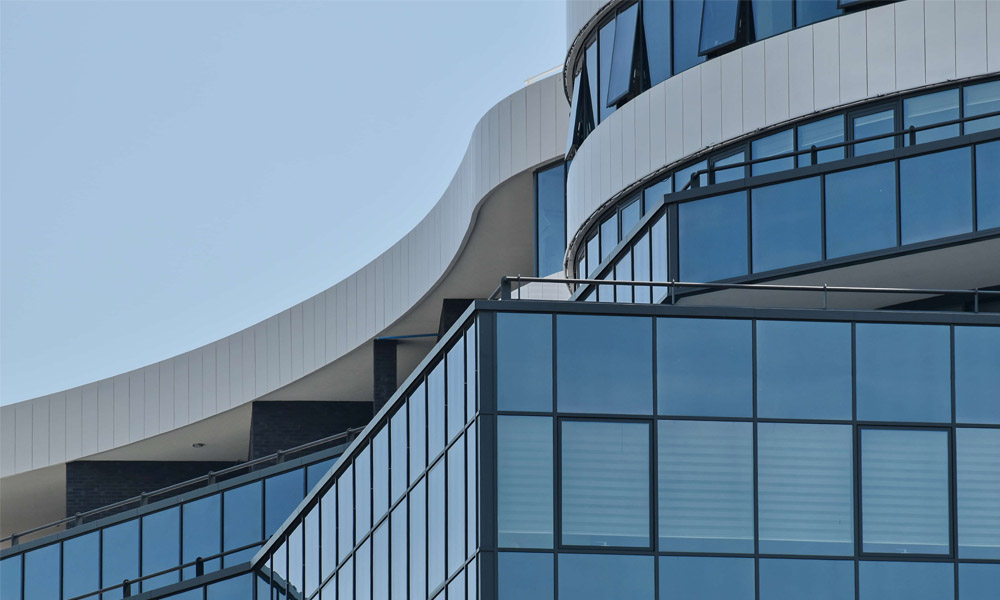

The Versatile World of 3mm Float Glass
Float glass, a fundamental material in various industries, is particularly known for its excellent optical clarity, smooth surface, and versatile applications. Among its various specifications, 3mm float glass has gained prominence due to its balance between weight and strength, making it a popular choice for numerous architectural and decorative uses.
What is Float Glass?
Float glass is created through a unique process that involves floating molten glass on top of molten tin. This innovative method allows for the production of glass sheets with uniform thickness and a flawless surface. The resulting product is a clear, high-quality material that is free from distortions and bubbles, making it an ideal choice for projects that demand aesthetic appeal and functionality.
Characteristics of 3mm Float Glass
As one of the thinner varieties of float glass, 3mm float glass retains many of the benefits of its thicker counterparts while providing additional advantages. With a thickness of only 3 millimeters, this type of glass is lightweight and easy to handle, making it suitable for various applications without putting undue stress on supporting structures.
Another significant characteristic of 3mm float glass is its transparency. This property allows for maximum light transmission, contributing to brighter spaces and enhancing the overall ambiance of any environment. Additionally, its surface is smooth and reflective, enabling it to blend seamlessly with different design elements, whether in residential or commercial settings.
Applications of 3mm Float Glass
The versatility of 3mm float glass makes it suitable for a broad range of applications. Here are some of the most common uses
1. Interior Design Due to its aesthetic appeal, 3mm float glass is often used in interior design projects. It serves as a popular choice for mirrors, glass partitions, and decorative panels, helping to create a sense of space and light in various settings.

2. Windows and Glazing 3mm float glass is commonly utilized in windows, particularly in locations where double glazing is not required. Its lightweight nature makes it easy to install, and its clarity ensures unobstructed views while still providing a degree of insulation.
3. Display Cases Retail businesses often use 3mm float glass for display cases. Its clarity and polished edge offer an unobtrusive way to display products, allowing customers to focus on the items without distraction.
4. Furniture In modern furniture design, glass elements create a sense of sophistication. Coffee tables, shelves, and tops often utilize 3mm float glass to achieve a contemporary aesthetic.
5. Bathroom Fixtures 3mm float glass is frequently used in bathroom applications, such as shower enclosures and glass doors. Its resistance to moisture and easy cleaning make it ideal for these environments.
Benefits and Considerations
One of the primary benefits of 3mm float glass is its lightweight nature, which simplifies handling and installation processes. This property makes it particularly advantageous for regions with seismic activity, where lighter materials can reduce structural stress.
However, it’s essential to consider that while 3mm float glass is adequate for many applications, it has limitations regarding strength and safety. For high-impact environments or areas prone to breakage, thicker glass or laminated options may be more appropriate.
Conclusion
3mm float glass is a remarkable building material that balances practicality and style. Its combination of lightweight qualities, outstanding clarity, and versatility positions it as a staple in industries spanning construction, design, and retail. Whether used in a sophisticated glass tabletop or a functional window, this thin yet robust glass contributes significantly to the visual and functional integrity of any project. As we continue to embrace innovations in glass technology, the applications and designs incorporating this material are only set to expand, further solidifying its status as an essential element in modern architecture and design.